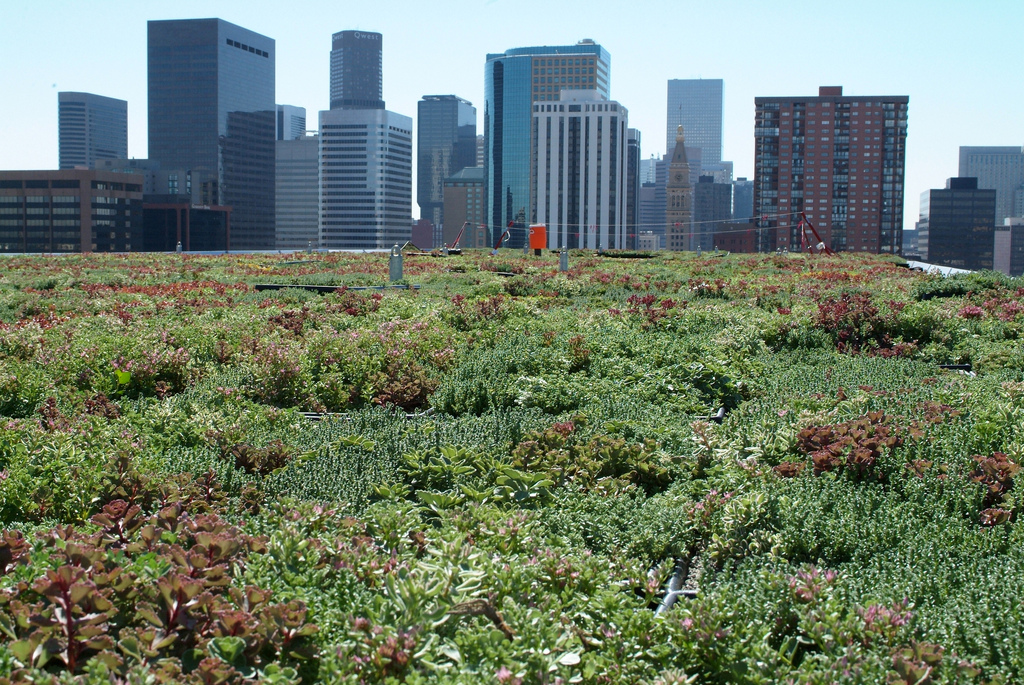As the construction industry dusts off its tools post-recession, green building is on the rise. But the reasoning behind the boom looks less pure than you might think.
A new survey finds that 90 percent of developers and property owners are committed to environmentally sustainable construction, with 56 percent “very” or “extremely” committed — but how they conceive of that commitment has changed a lot over time.
Efficiency and cost savings seem to be the biggest motivators. While the majority of respondents said they value sustainable building when it comes to air quality and tenant happiness, only 37 percent said it was extremely or very important to minimize their carbon footprints. Only 48 percent of those committed to sustainable construction said they’re interested in LEED certification, down from 61 percent in 2008.
The U.S. Green Building Council touts LEED certification as the standard in top-performing energy-efficient buildings, though we know that the rating system is full of loopholes that allow massive, energy-guzzling buildings to be certified eco-friendly.
The motivations for going green might be less than noble, but does that matter if we like the results? Cost savings are the impetus behind the awesome greening of the Empire State Building and other New York projects that are creating new green jobs for previously unemployed workers. Some of those workers are picking up new skills at a South Bronx center for environmental job training, which will continue operations this year despite its federal grant running out. From The New York Times:
Over a third of those hired [after graduating from the Center for Environmental Workforce Training] are working in the energy efficiency field, mostly with companies doing efficiency upgrades for residential and commercial buildings. Another third have found ostensibly green jobs in areas like building maintenance, construction, repairs, sustainable manufacturing and landscaping. The rest of those hired are in occupations that would not be classified as environmentally related.
But as the project’s director, Rebecca Lurie, sees it, “one day, every job will be a green job.’’ In her view, work activity will have to shift in coming years toward conserving natural resources or, at a minimum, not harming the environment …
Lurie, who is the economic development director for the Consortium for Worker Education, said that PlaNYC, the Bloomberg administration’s far-reaching sustainability plan for the city, provided some of the impetus for the training program … She said that groups like her own had determined that making New York’s buildings more energy-efficient would be an important source of jobs in coming years.
If builders are going green for profit, then at least a little bit is trickling down to the work-a-day residents of our beloved sustainable cities. Those green jobs pay, on average, 20 percent more per hour than other construction work. But none of this work will end up truly green — either ecologically or financially — if we keep building in vulnerable coastal “red zones.” Like, oops, New York City.




